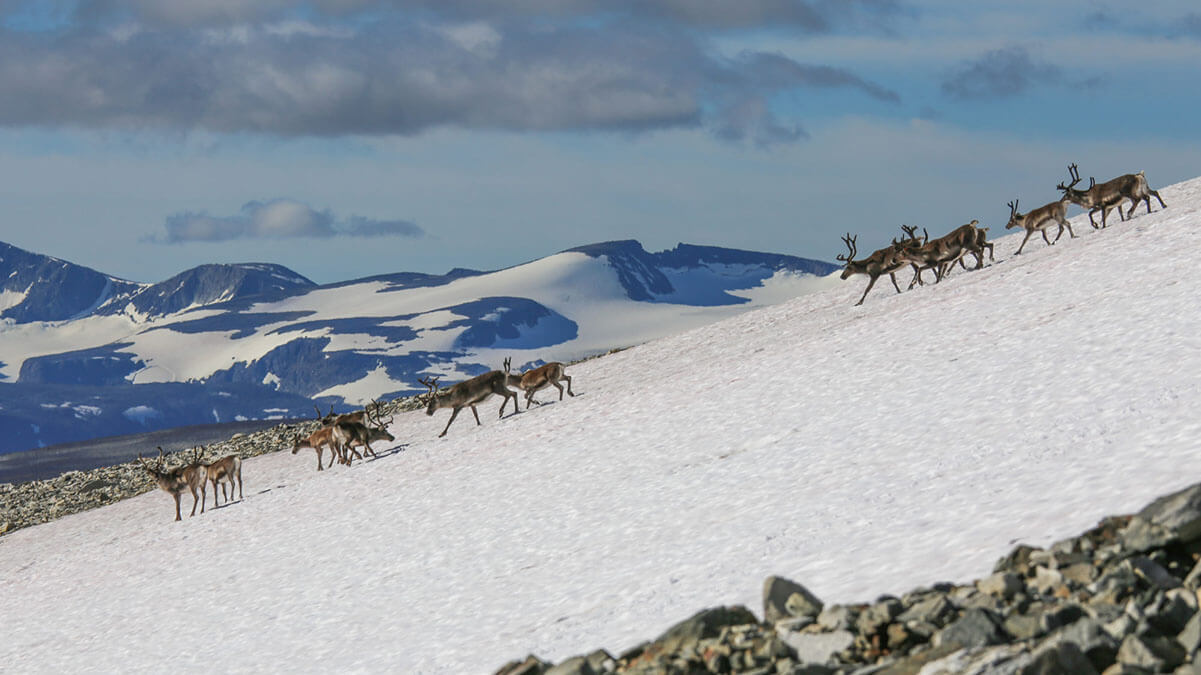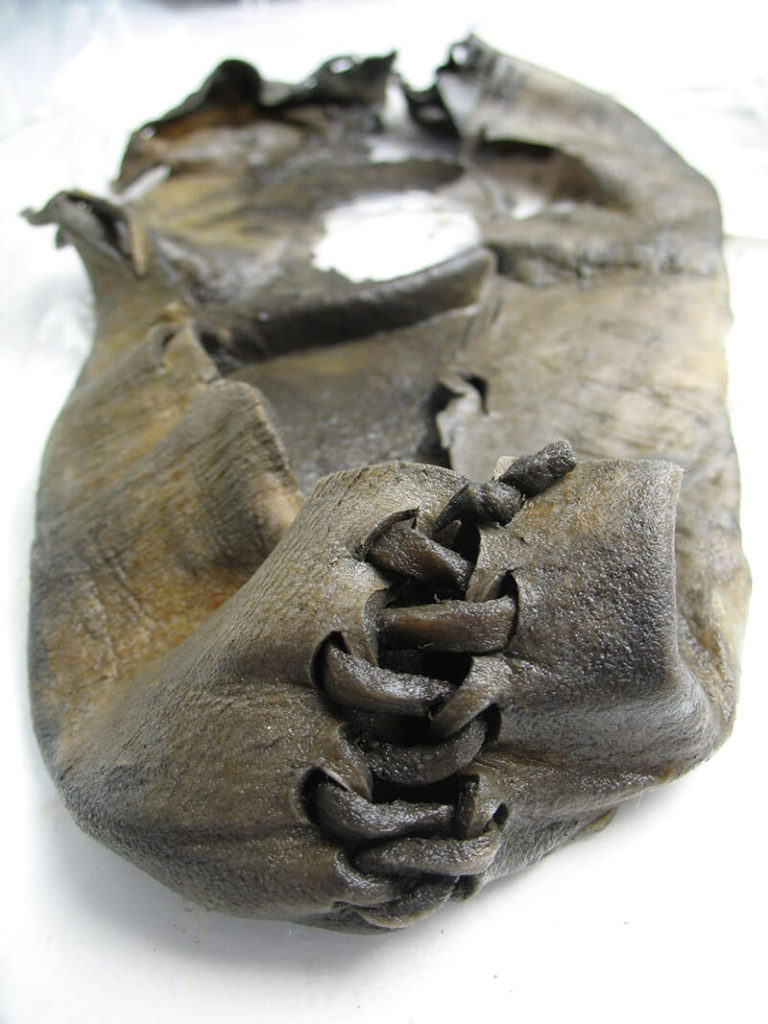Melting glaciers in Norway exposes ancient artifacts. One of them was a 3,000-year-old leather shoe. The oldest shoe ever found in Norway is reported by Live Science with reference to the Norwegian University of Natural and Technical Sciences.

The ice sheets of Norway are an excellent repository of ancient artifacts. Unlike acidic soils, which destroy most objects quickly enough, stable ice systems reliably preserve traces of ancient life. Objects found in glaciers, as a rule, are often in perfect condition, almost do not undergo decomposition and deformation, the researchers note.
Over the past two decades, several thousand ancient artifacts belonging to Bronze Age hunting tribes that hunted reindeer in Northern Europe and southern Scandinavia have been found in areas of melting mountain ice. One of them is leather shoes, about 3 thousand years old.

Objects and remains of animals and human activity were discovered, the existence of which we did not even suspect. They include everything from horse equipment and clothing to shell-tipped arrows, wooden shafts and feathers. Not a year goes by without amazing finds that shift the boundaries of our understanding.
Birgitte Skar, an archaeologist from the Norwegian University of Natural and Technical Sciences
The shoe was discovered while conducting research on an ice patch in the mountainous region of Jotunheimen in southern Norway in 2007. However, it is still a landmark find. According to the researchers, this is not only the oldest shoe in Norway, but perhaps the oldest piece of clothing ever found in all of Scandinavia.
It roughly corresponds to the 36 or 37 size of modern shoes. Scientists believe that the “shoe” could belong to a woman or a young man. Next to the shoe, the researchers also found an arrow and a wooden shovel. They believe that this place was an important hunting ground.
All the finds were made in ice patches — these are areas that form at high altitudes, where snow and ice deposits accumulate, which do not completely melt in summer. Unlike glaciers, such areas of ice do not move, so objects in them remain stable for hundreds or thousands of years.
The researchers note that climate change and the gradual melting of the ice sheet require more active research. After the “deconservation”, the ancient objects must be quickly removed so as not to be damaged. Archaeologists plan to provide monitoring of ice spots for rapid excavation immediately after the destruction of the ice spot.
